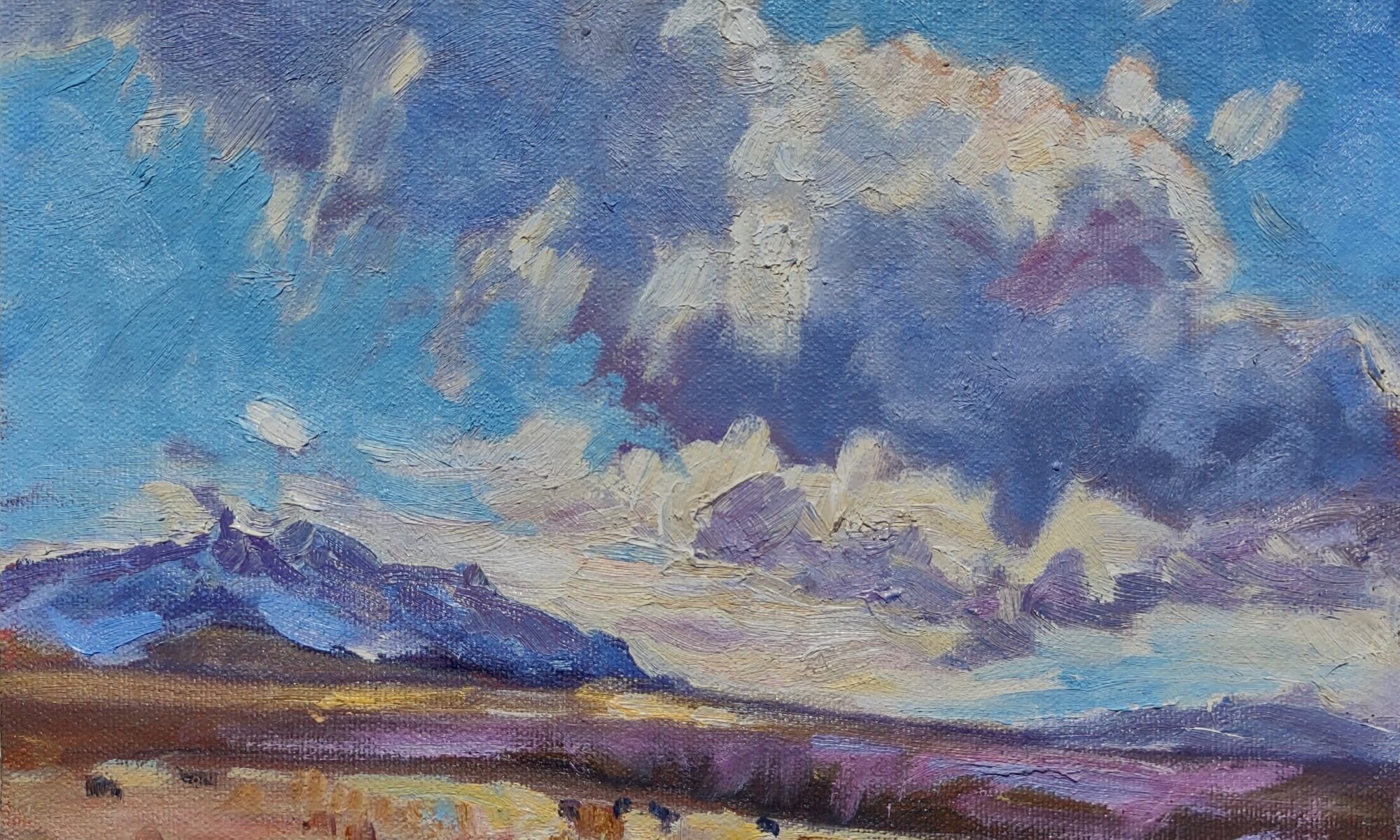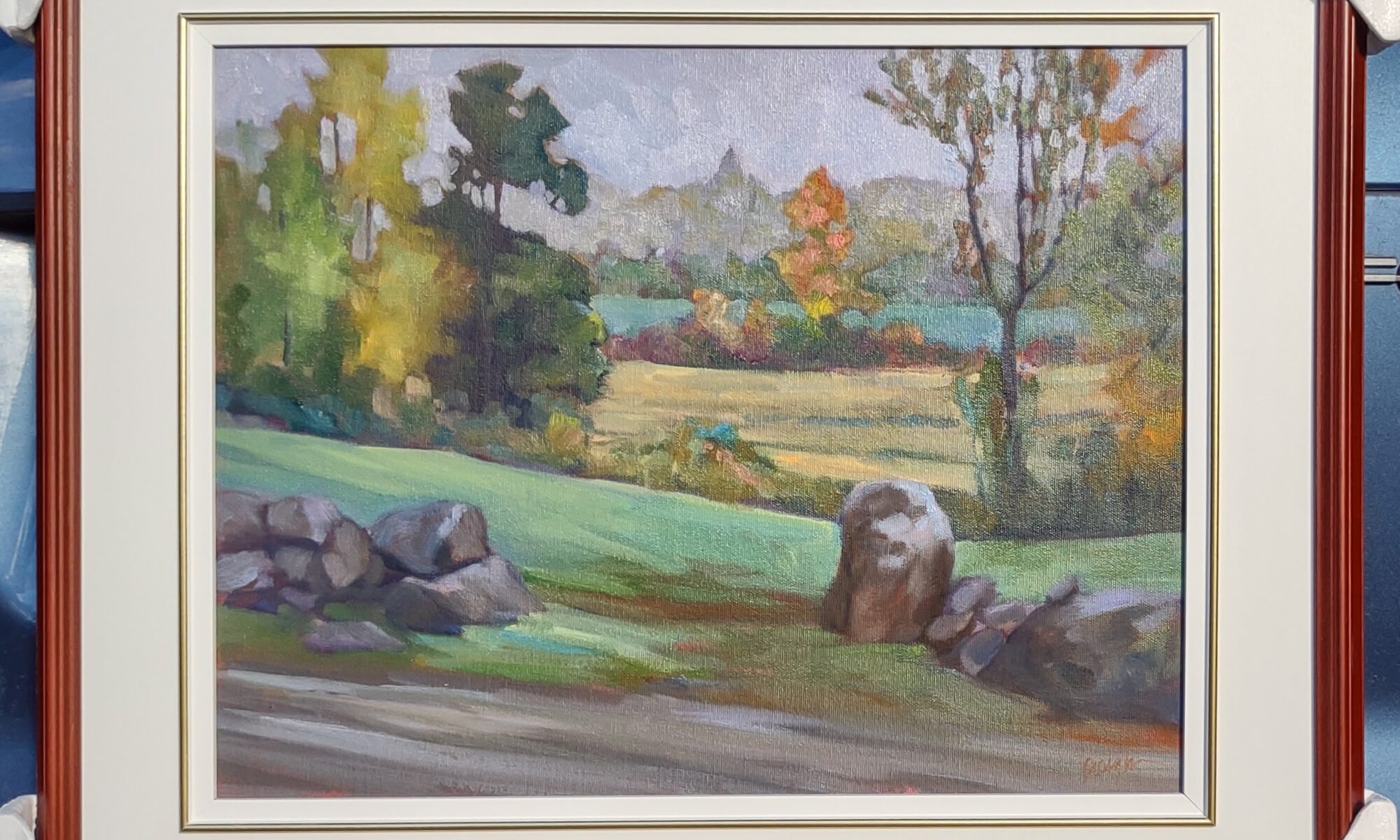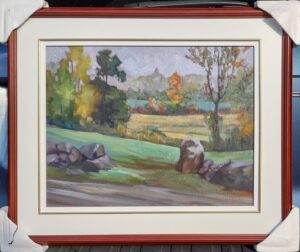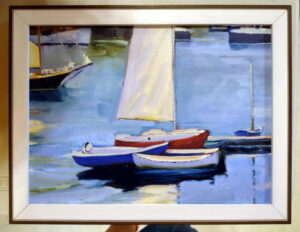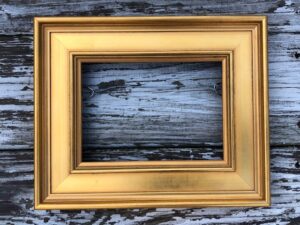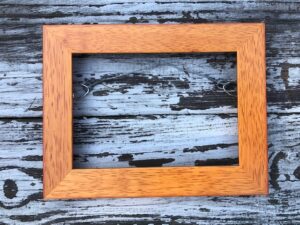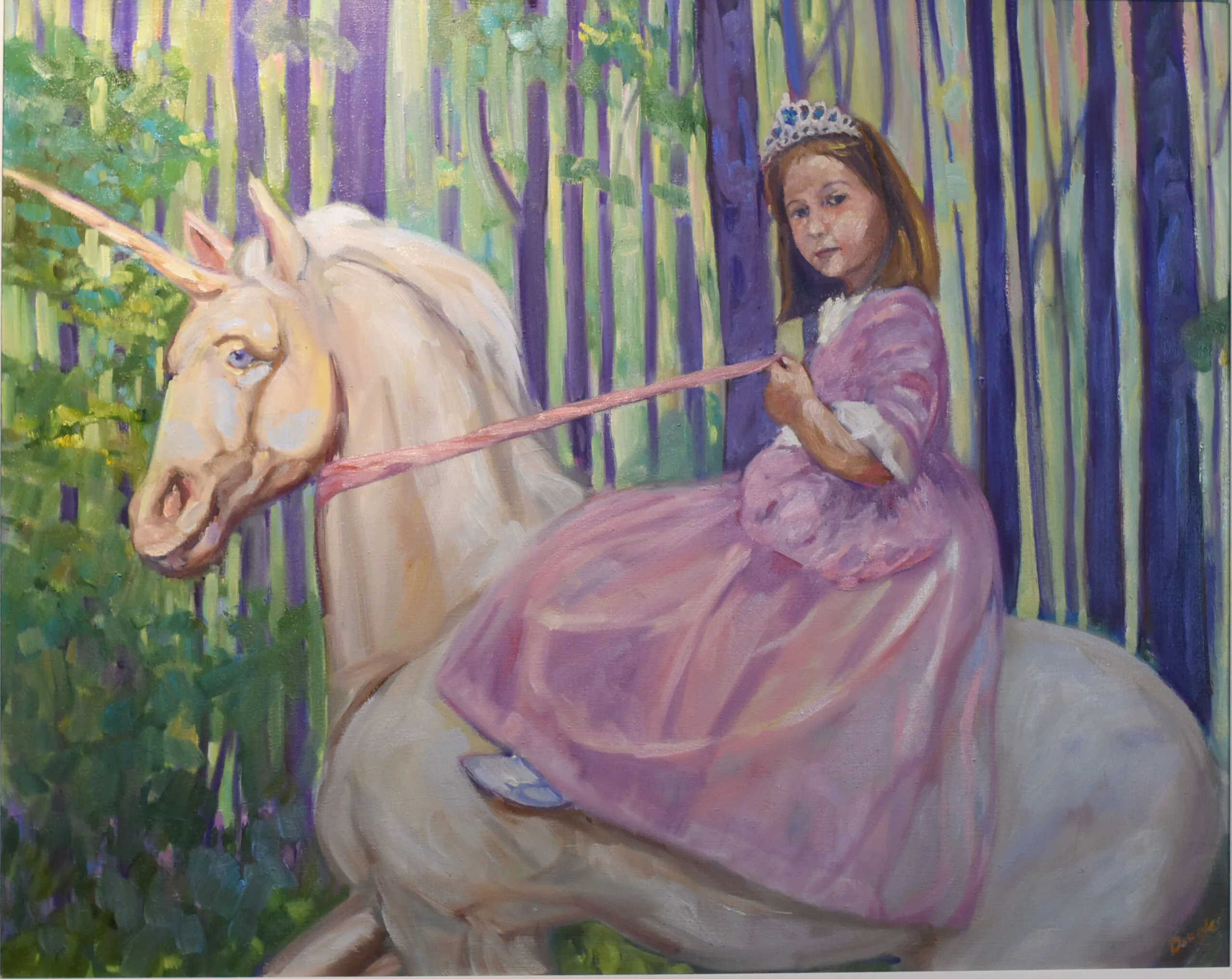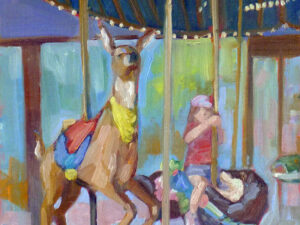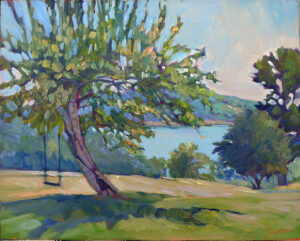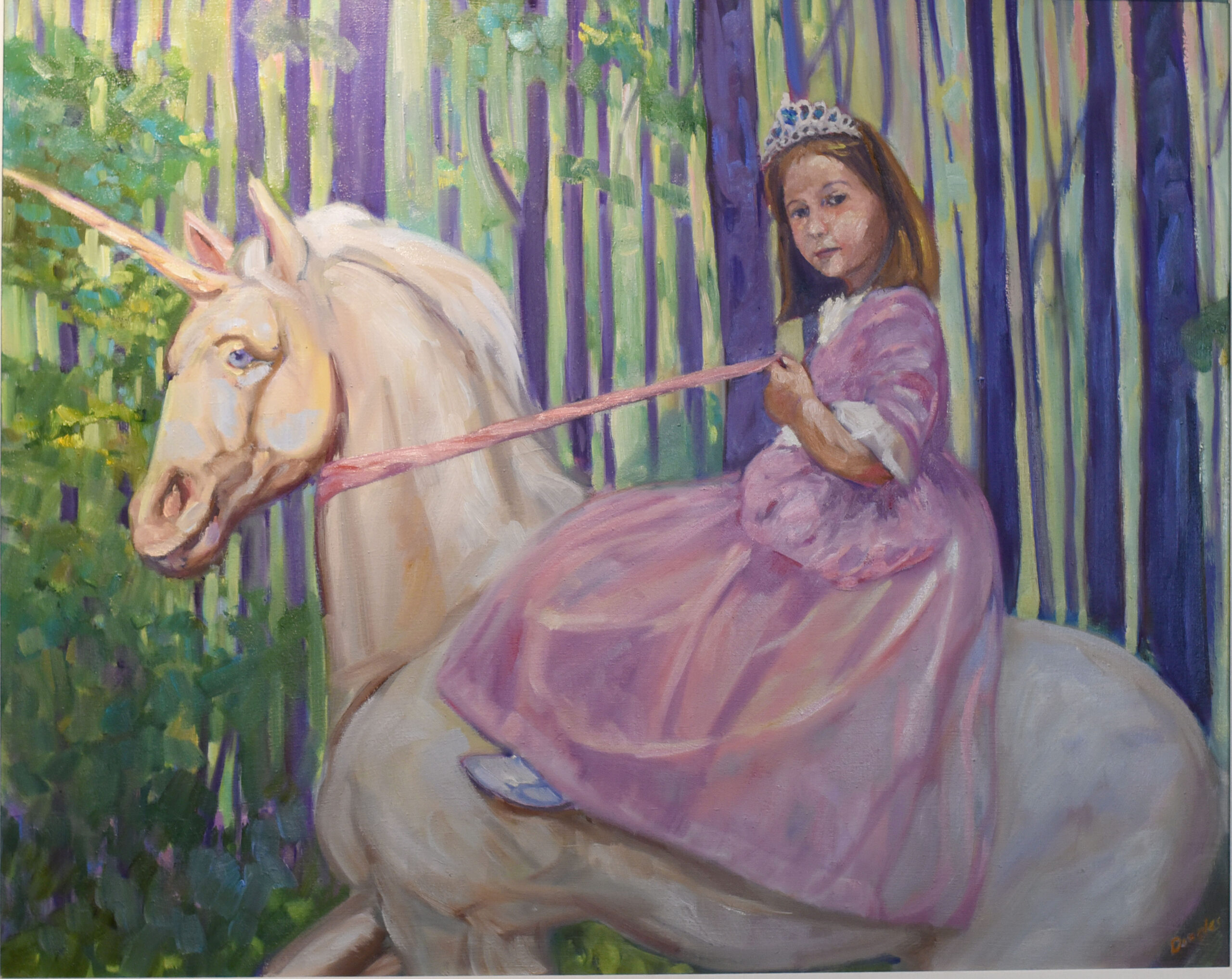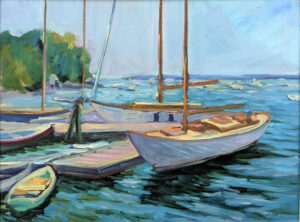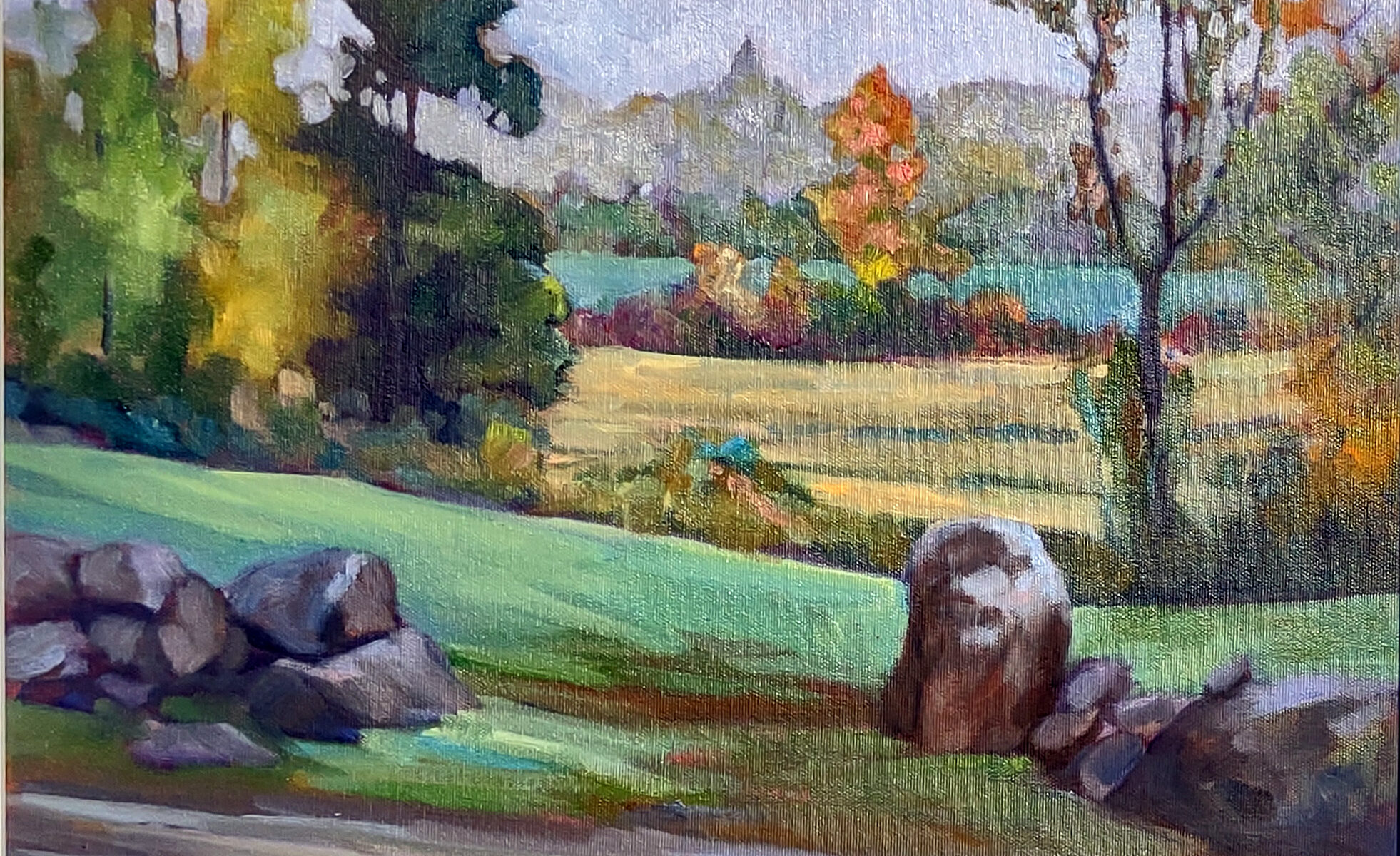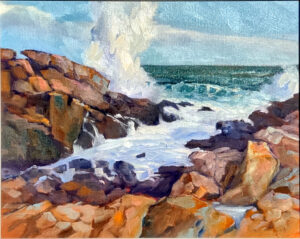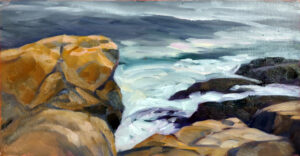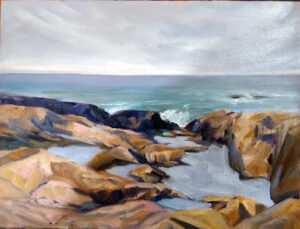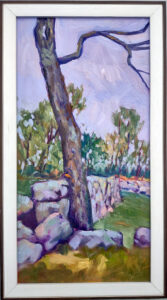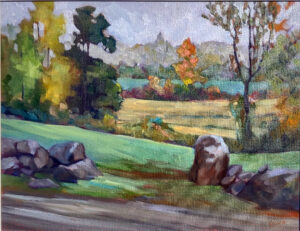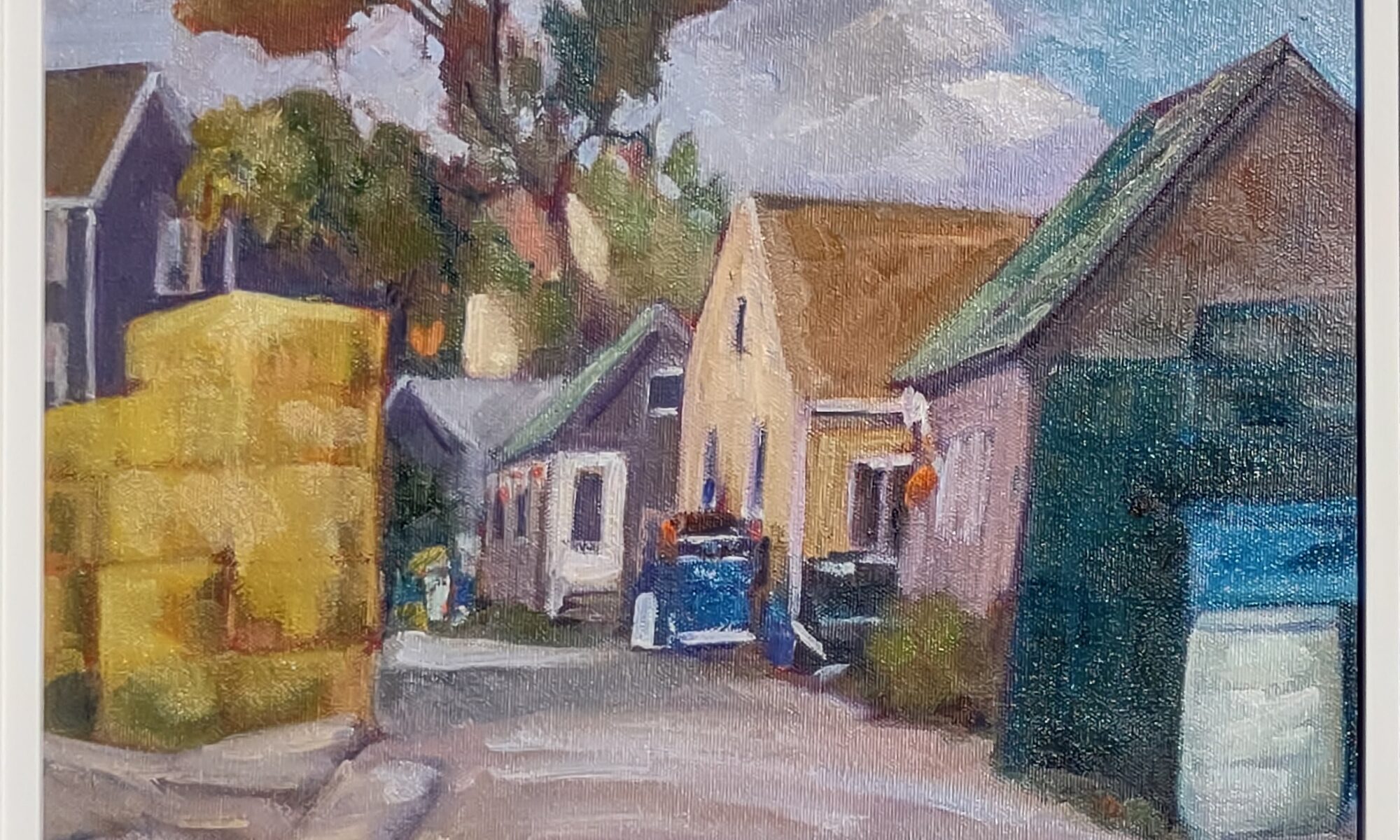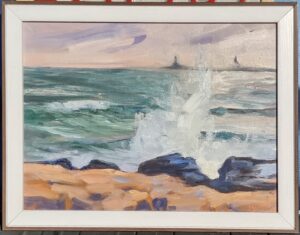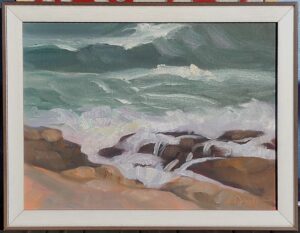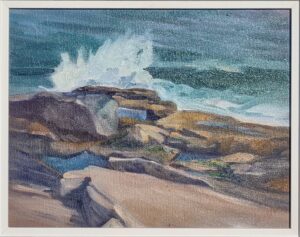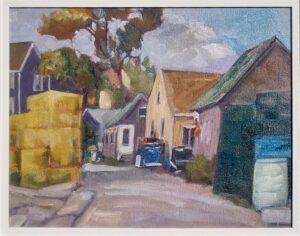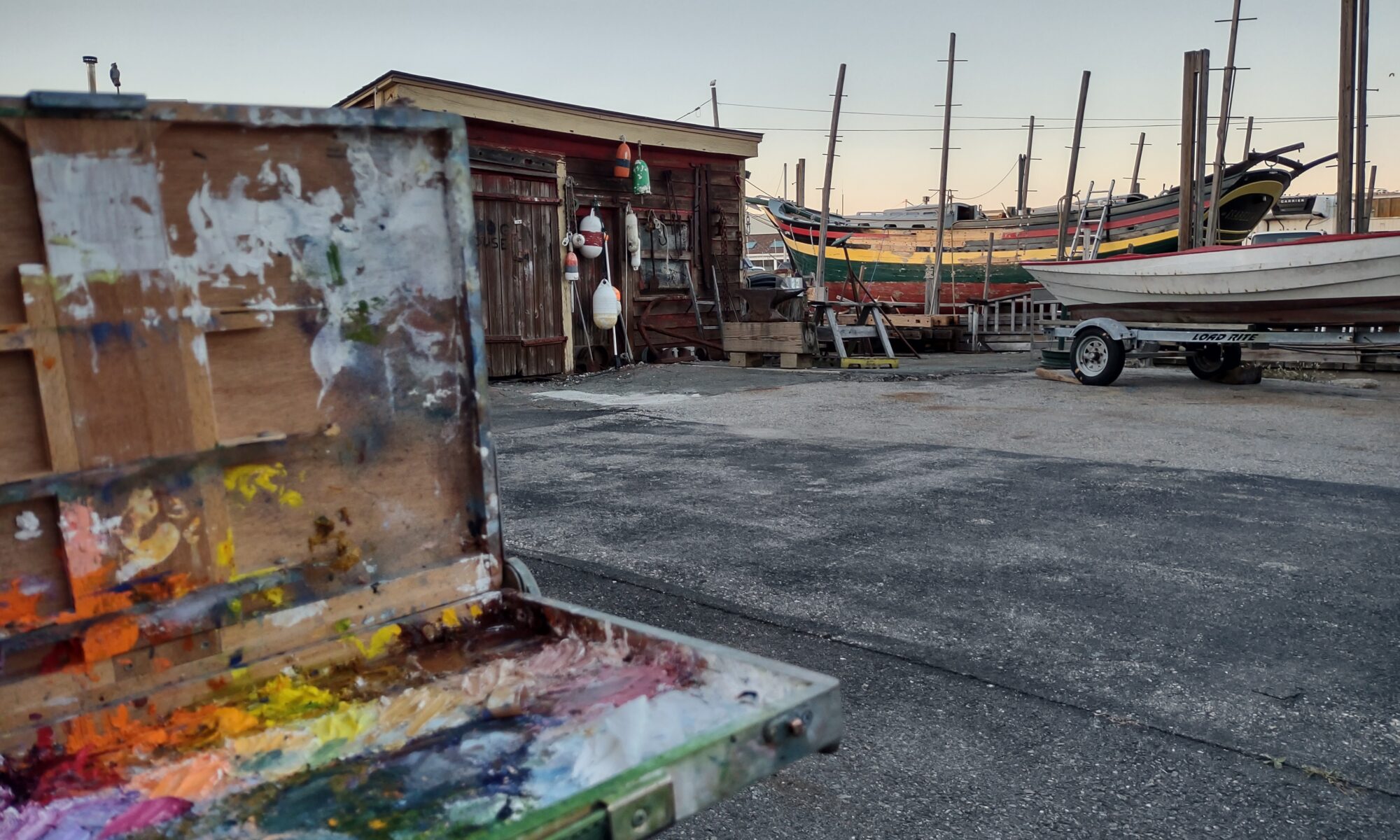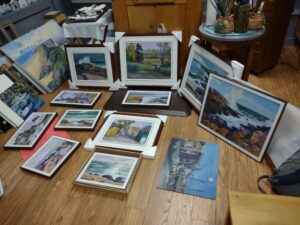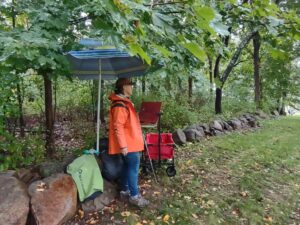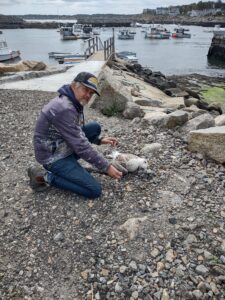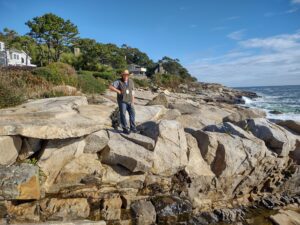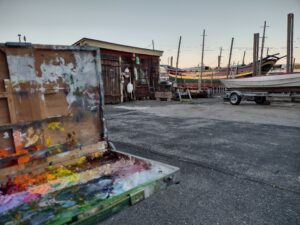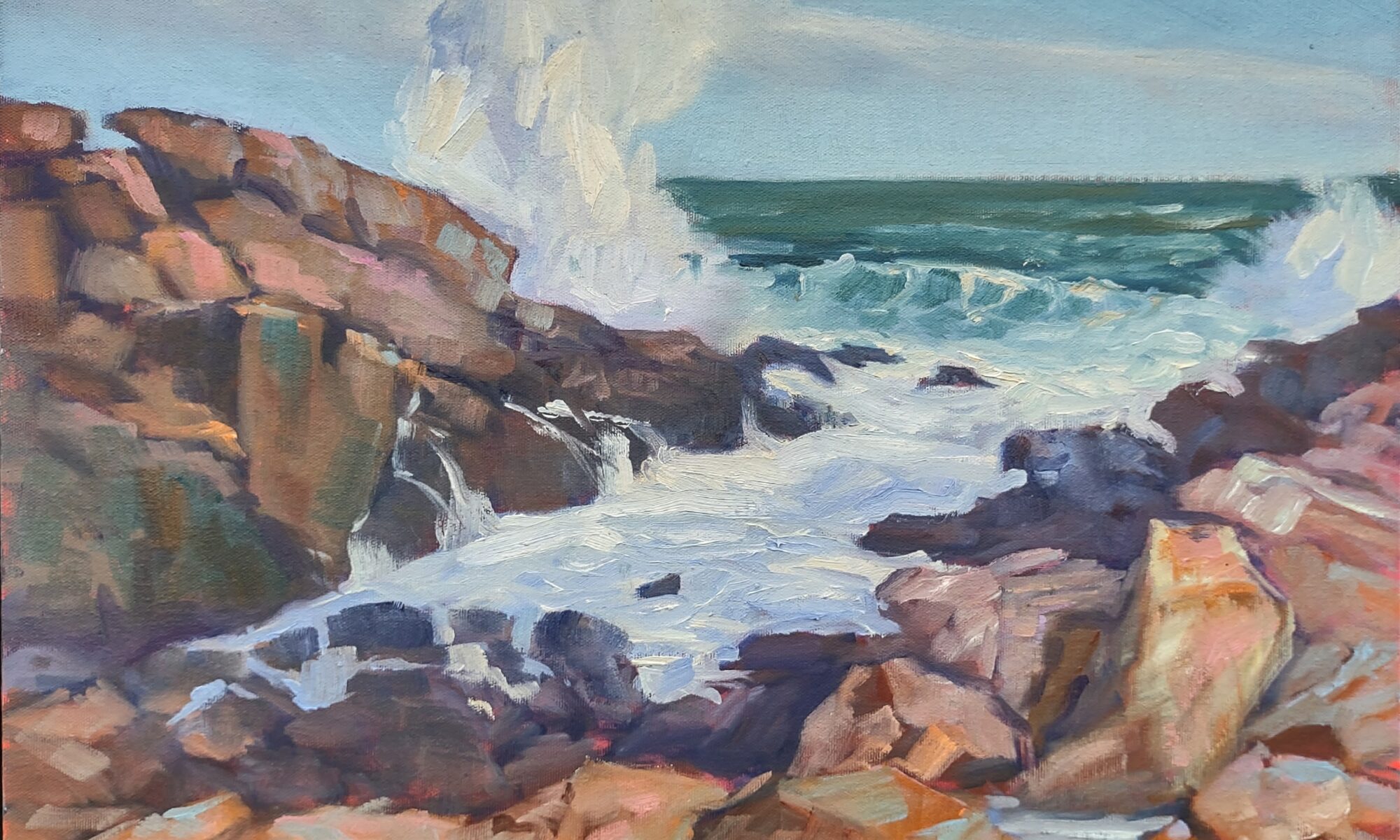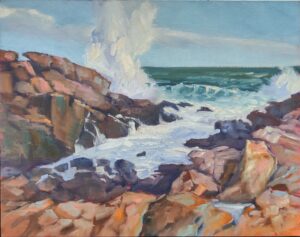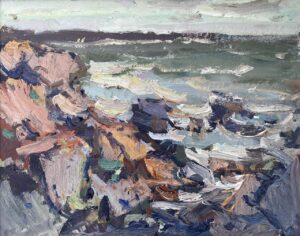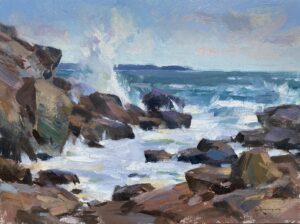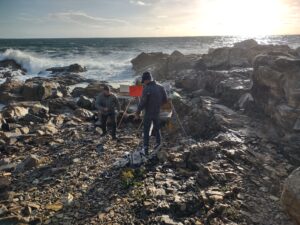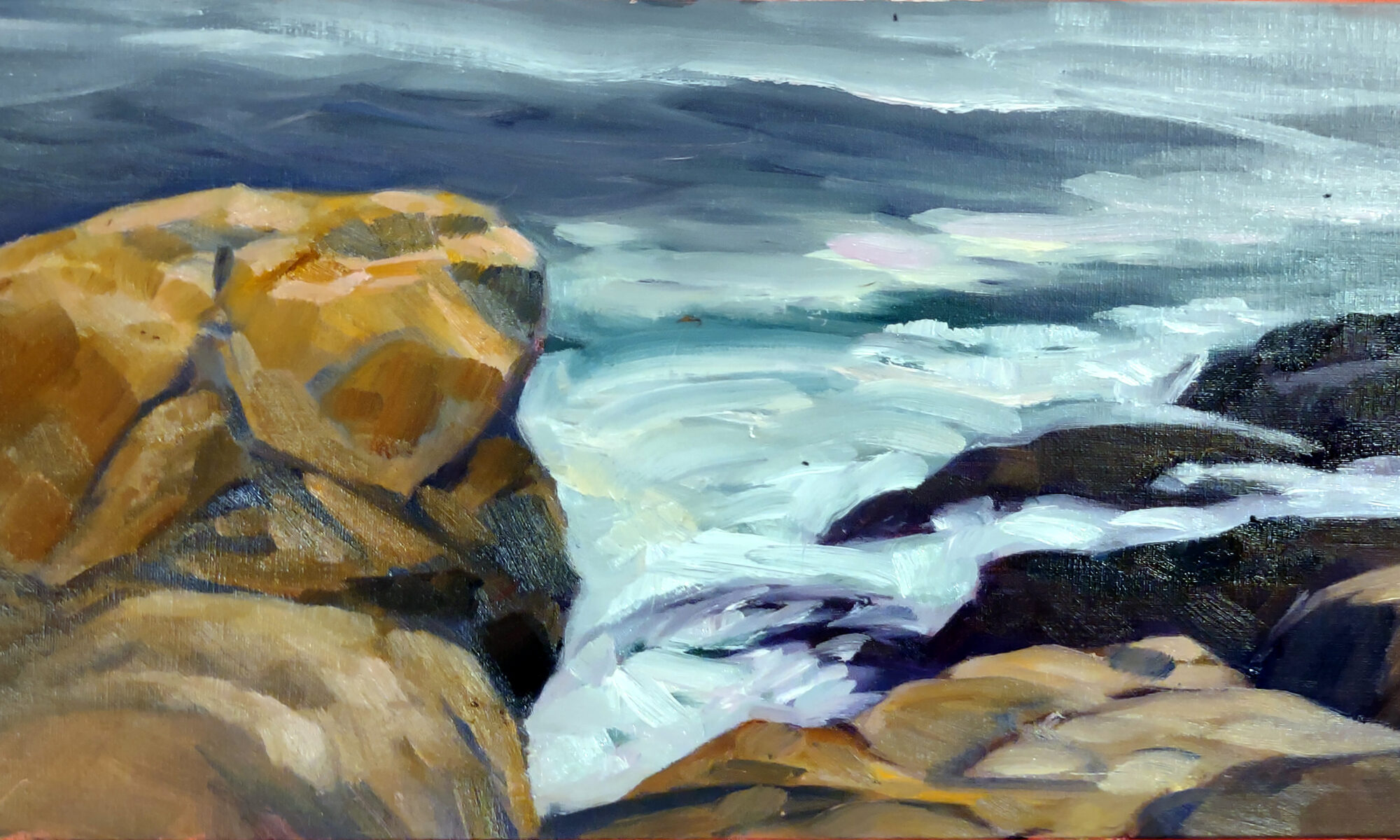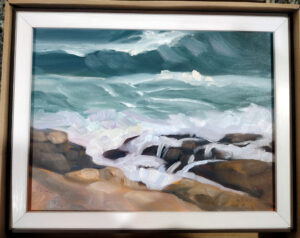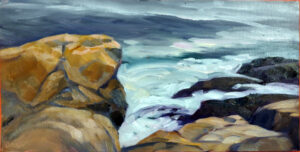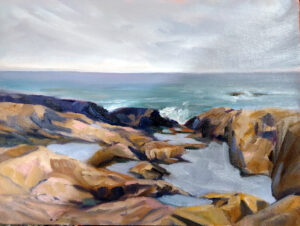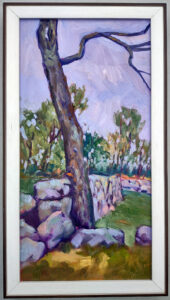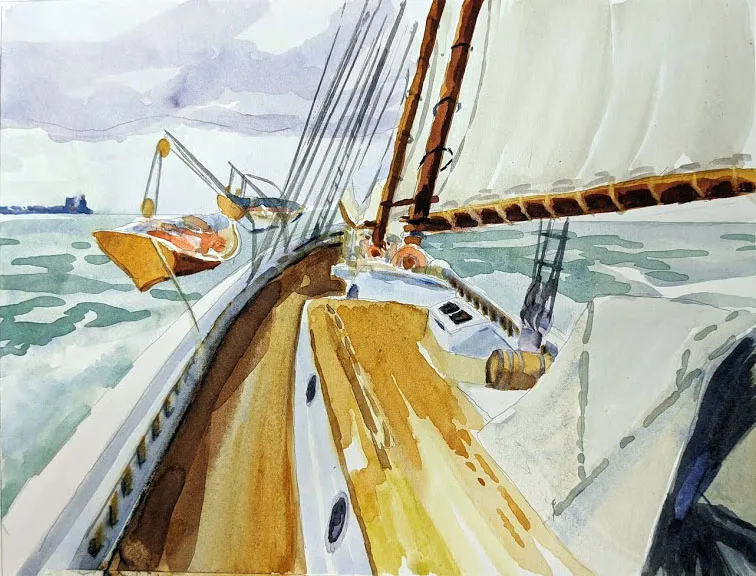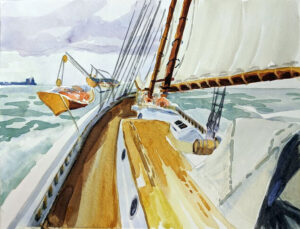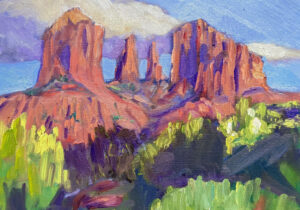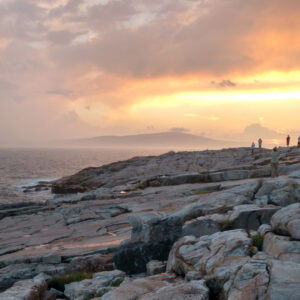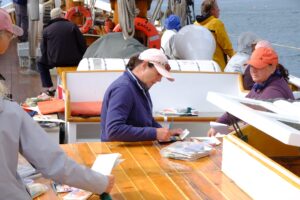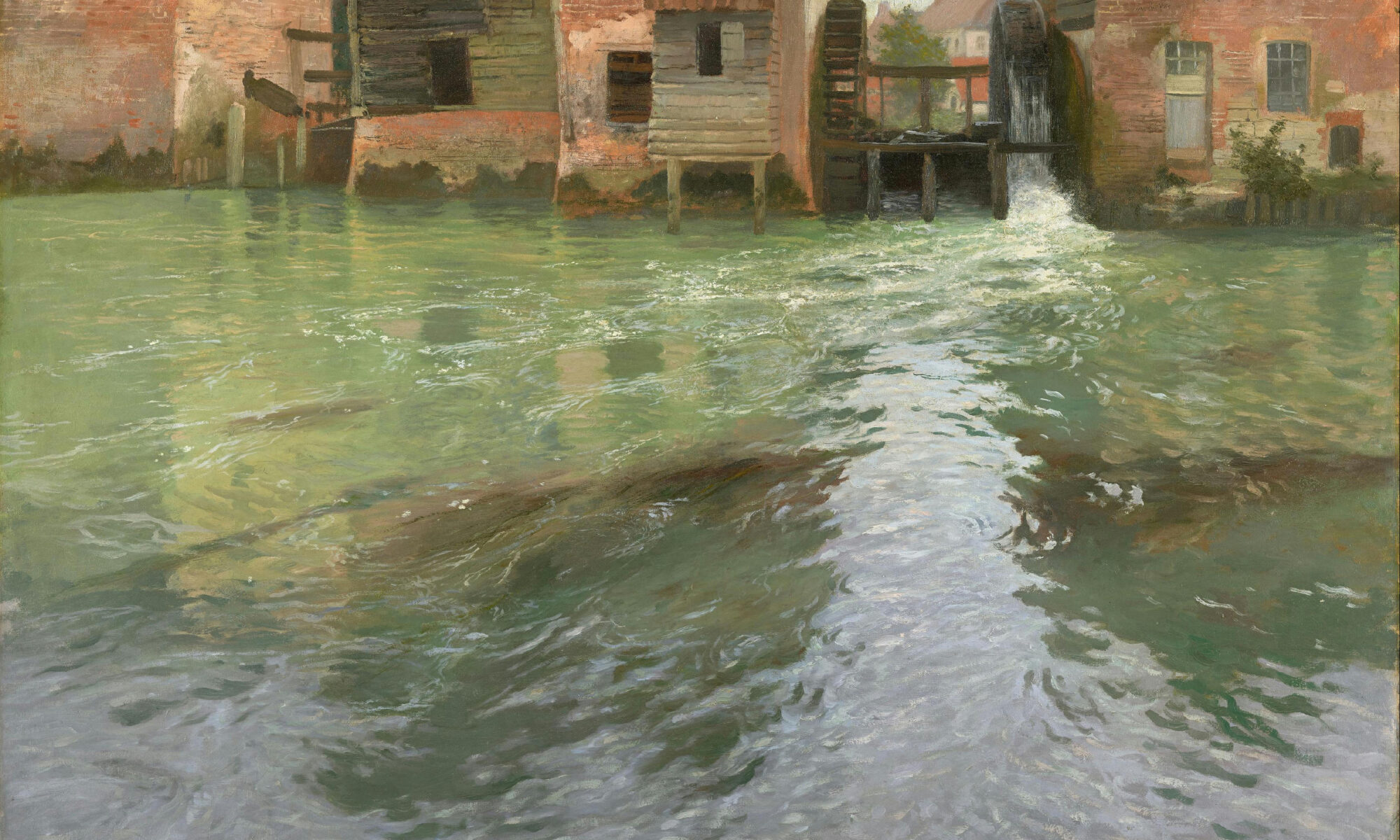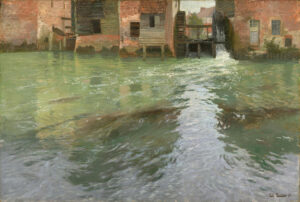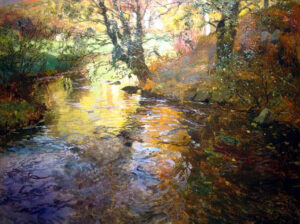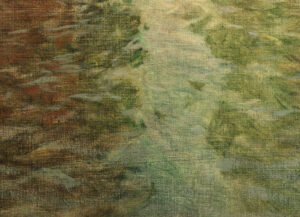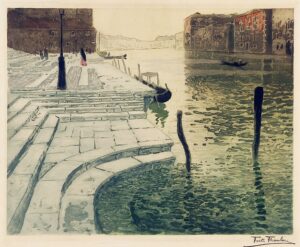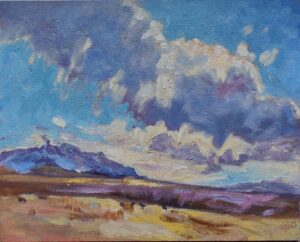
By now, most of us have read about two Just Stop Oil activists who threw tomato soup over Vincent van Gogh’s Sunflowers at the National Gallery in London. They’re part of a growing trend of annoying young people gluing themselves to the frames of great art and gallery walls in protest against petroleum culture.
They ought to be gluing themselves to a gas pump where they’d be addressing their actual enemy; oil paintings are generally made with flax-seed oil. However, they’d doubtless be ignored or worse, as their sit-down protests in roads have mostly just infuriated British drivers. In a gallery, they’re sure to get attention.
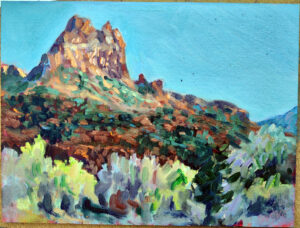
“What is worth more, art or life?” said one of the lasses, Phoebe Plummer, 21, from London. “Is it worth more than food? More than justice? Are you more concerned about the protection of a painting or the protection of our planet and people?
Mankind has always recognized that there’s a physical world and a non-physical world and that the borders are fuzzy. Descartes wrote “cogito, ergo sum” (I think, therefore I am) to prove to himself that he really existed. Cartesian dualism rests on the idea that there are tangible things, and there are intangible things, and that we humans are a combination of the two. Generations of spotty teenagers, myself included, have pondered Descartes’ question. The idea that reality isn’t real is tailor-made for adolescents.
Apparently, Plummer missed all that. Otherwise, she’d know that art isn’t separate from life any more than food or justice are. It’s part of thinking, and that’s part of life as much as checking the gas meter.
Van Gogh was just 37 years old when he died, either by suicide or murder. The vast majority of his 900 paintings were finished in the last two years of life as he grappled with crippling mental illness. That period of suffering paradoxically gave us a legacy of paintings that’s unparalleled in human history. Through his work, Van Gogh lives on.
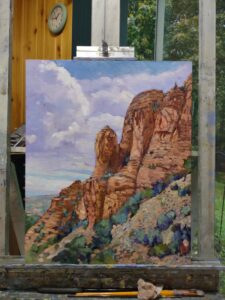
I’m a reader. That takes me to alternate worlds and different viewpoints and realities, all possible through the artistry of the writer. Are those worlds more or less real than my physical one? The answer, I suppose, depends on when you ask me.
Marcel Proust addressed this question in Remembrance of Things Past, that monumental opus that we all talk about but seldom read. “(A)s many original artists as there are, so many worlds are at our disposal, differing more widely from each other than those which roll round the infinite and which, whether their name be Rembrandt or Vermeer, send us their unique rays many centuries after the hearth from which they emanate is extinguished.” The knowledge thus gained, he said, is something different from the “practical ends which we falsely call life.”
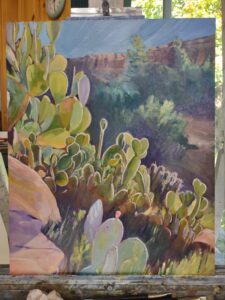
It's an unexamined life that makes us so prone to excess consumption, exacerbating the petroleum problem. By no measures are American adults healthy. More than 37 million of us take antidepressants, more than 40% of us are obese, and 77% of us worry about money. A little more reading, writing, drawing, painting and thinking and a little less shopping would make us all happier.
By the way, the wise old souls at the National Gallery had protected the painting, and only the frame sustained minor damage.
I’m writing this en route to Sedona, AZ, for the 18th annual Sedona Plein Air Festival. It’s the last event of my season, and I’m excited about all the rocks I get to paint this coming week!

